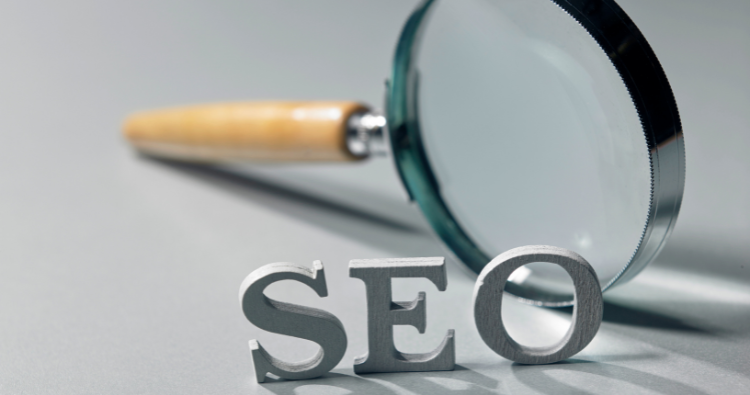A slow-loading website can significantly impact your business, affecting everything from search engine rankings to user satisfaction and conversion rates. Here’s an in-depth look at how page speed influences SEO and UX.
Understanding Page Speed
Page speed refers to the amount of time it takes for a webpage to load completely. This includes the loading of all content such as text, images, videos, and other elements. Time to First Byte (TTFB): The time taken for the server to respond to the user's request.
Fully Loaded Time: The total time taken for the page to load all resources completely.
First Contentful Paint (FCP): The time when the first text or image is painted.
Impact on SEO
Search Engine Rankings
Google’s Algorithm: Google has incorporated page speed into its ranking algorithm, meaning faster websites are more likely to rank higher in search results. This is part of Google’s broader effort to provide a better user experience.
Mobile-First Indexing: With the shift towards mobile-first indexing, page speed has become even more critical. Mobile users expect fast-loading sites, and Google considers this when ranking mobile sites.
Crawl Efficiency
Crawl Budget: Search engines have a limited amount of time to crawl each site. Faster-loading pages allow search engines to crawl more pages within the allocated budget, improving indexation and visibility.
Impact on User Experience
Bounce Rates
User Patience: Users expect fast access to information. A delay of even a few seconds can lead to higher bounce rates, where visitors leave the site without interacting further. Studies have shown that a 1-second delay in page load time can result in a 7% reduction in conversions.
Engagement and Retention
User Engagement: Faster pages keep users engaged. They are more likely to stay longer, browse through more pages, and interact with the content. This leads to higher retention rates and increased likelihood of returning visits.
Conversion Rates
Sales and Leads: E-commerce sites are particularly affected by page speed. A slow site can deter potential customers, leading to lost sales and revenue. Faster sites provide a smoother shopping experience, increasing the likelihood of purchases and lead generation.
Strategies to Improve Page Speed
Optimize Images
Compression: Use tools to compress images without sacrificing quality.
Formats: Choose appropriate formats like WebP for web images.
Enable Browser Caching
Caching: Store static files in the user’s browser to reduce load times on subsequent visits.
Minimize HTTP Requests
Combine Files: Merge CSS and JavaScript files to reduce the number of requests.
Lazy Loading: Load images and videos only when they are about to enter the viewport.
Use Content Delivery Networks (CDNs)
CDNs: Distribute your content across multiple servers worldwide to ensure faster access for users regardless of their geographical location.
Optimize Server Response Time
Hosting: Choose a reliable hosting provider with good server performance.
Reduce TTFB: Optimize server configurations and use efficient database queries.
Minimize Code
Clean Code: Remove unnecessary characters and comments from HTML, CSS, and JavaScript files.
Minification: Use tools to minify code files.
Tools to Measure Page Speed
Google PageSpeed Insights
Provides detailed reports on page speed performance and suggestions for improvement.
GTmetrix
Analyzes your website’s speed and provides actionable insights.
WebPageTest
Offers advanced testing options and detailed analysis of page load times.
Pingdom
Monitors website speed and provides performance grades and tips for improvement.
Page speed is not just a technical concern; it’s a crucial aspect of SEO and user experience that can significantly impact your website’s performance and success. By prioritizing and improving page speed, you enhance your site’s visibility on search engines, provide a better user experience, and ultimately drive more conversions and revenue. Investing in optimizing page speed is a strategic move that can yield substantial long-term benefits for your online presence.




Comments (0)